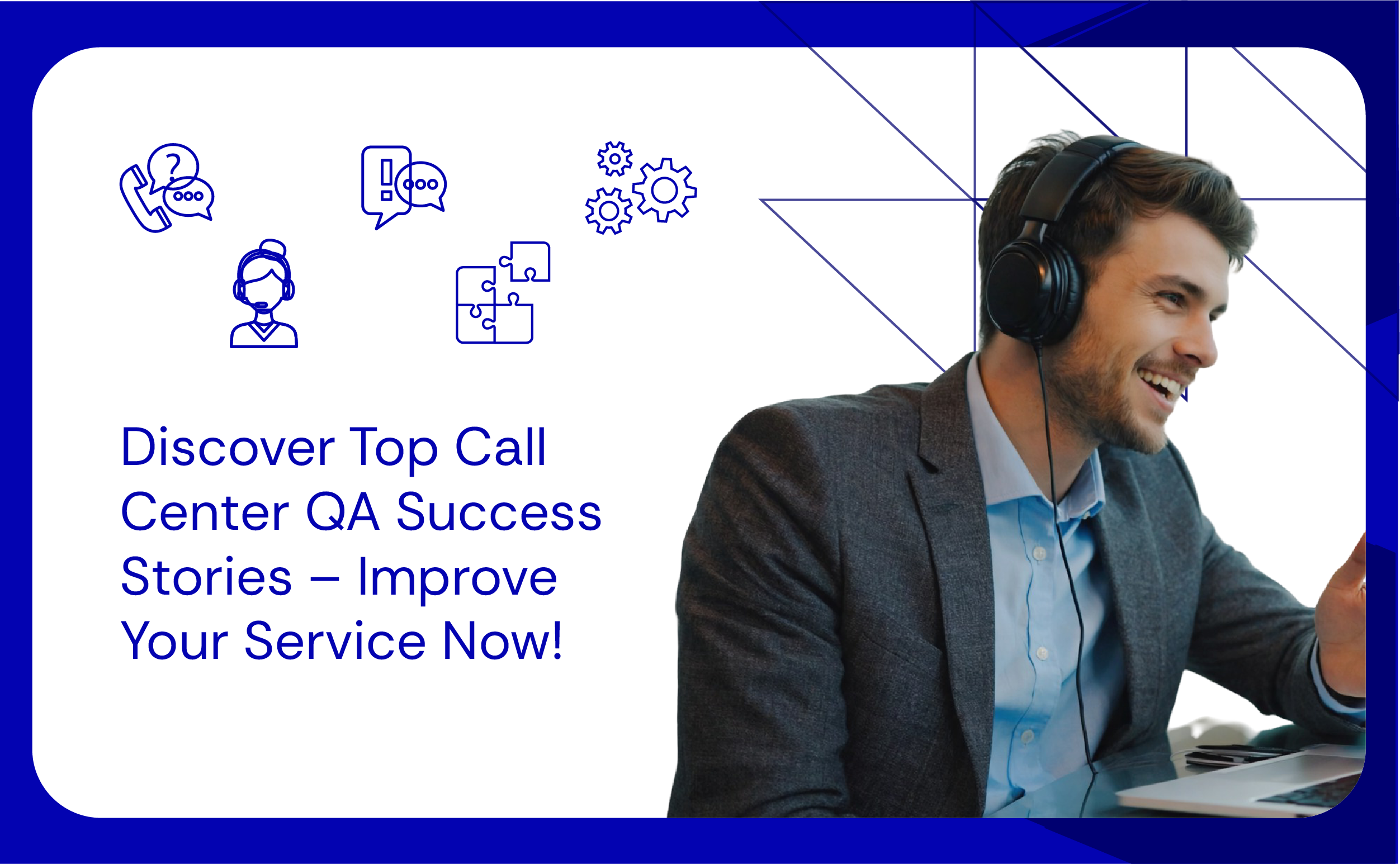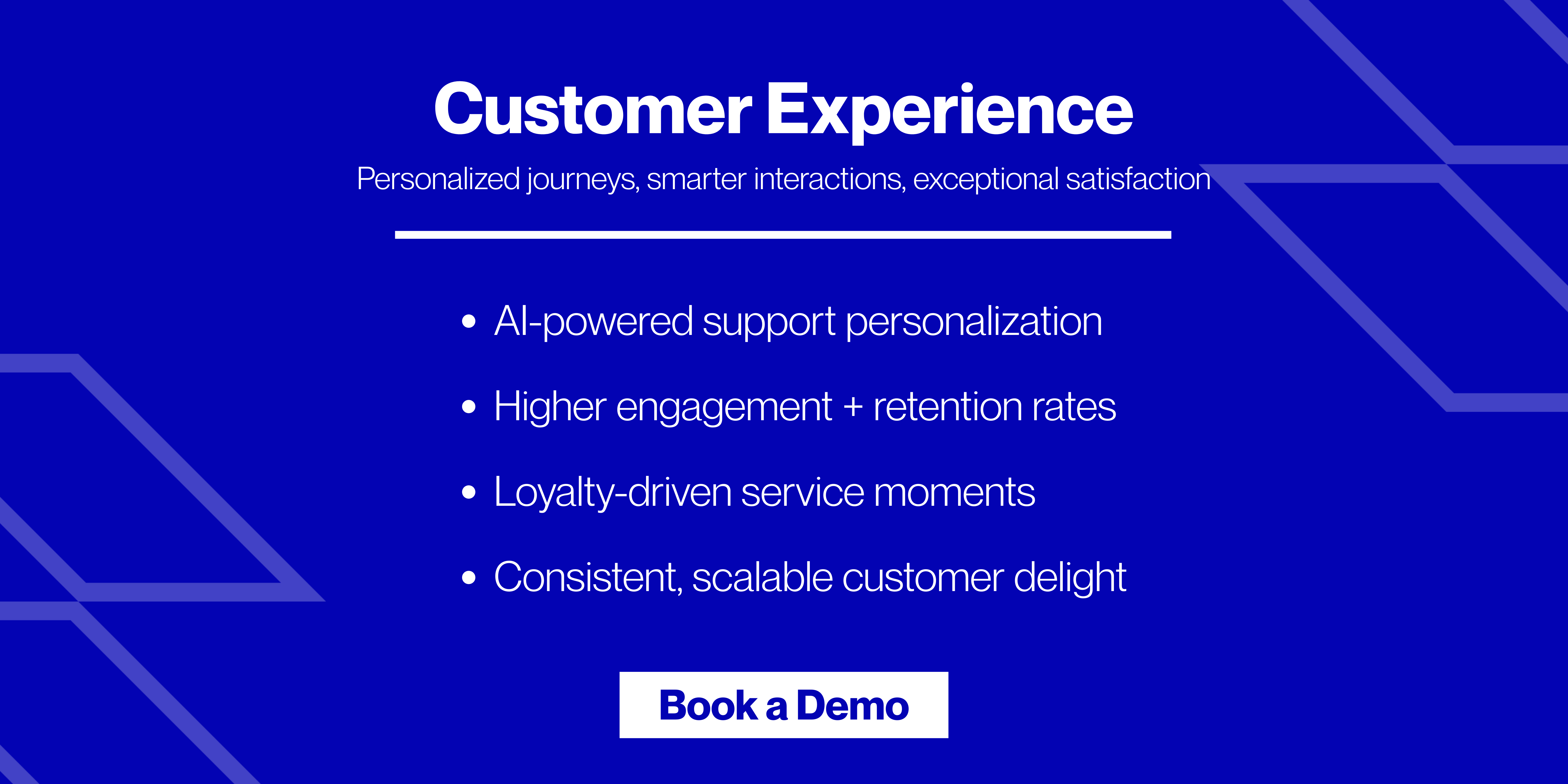Call center quality assurance (QA) is the process of monitoring customer interactions. Such an assessment helps you to identify areas for improvement, such as response time, accuracy, and agent behaviour. This also ensures high service standards.
About 80% of customers feel more connected to a brand when their issue is successfully resolved by a support agent.
But, how you can ensure it? Is the only way to develop a customer support department from scratch? No!
You can strategically hire a leading call center and keep assessing the performance of its agents through call center quality assurance (QA).
Broadly this means, checking whether your hired agents are polite, helpful, and quick to solve customer problems. Through a strong QA system, you can easily determine why your customer service is bad:
- Is it because of rude staff?
- Do your hired agents carry long wait times?
- Were you able to provide them with adequate training?
Such an analysis helps you determine problems in customer interactions. By resolving them, you can let your hired team provide the best customer experience (CX) every time.
For VP, Director and Senior Manager level leaders in Customer Support and CX at consumer brands and D2C companies across the US, UK & Australia, outsourced QA is a strategy to reduce churn, protect brand reputation and drive scalability.
Want to know more? In this article, let’s learn what quality assurance in customer service is and how you can assess it. Also, we will check out some popular quality assurance case study examples and feedback.
What is Call Center Quality Assurance?
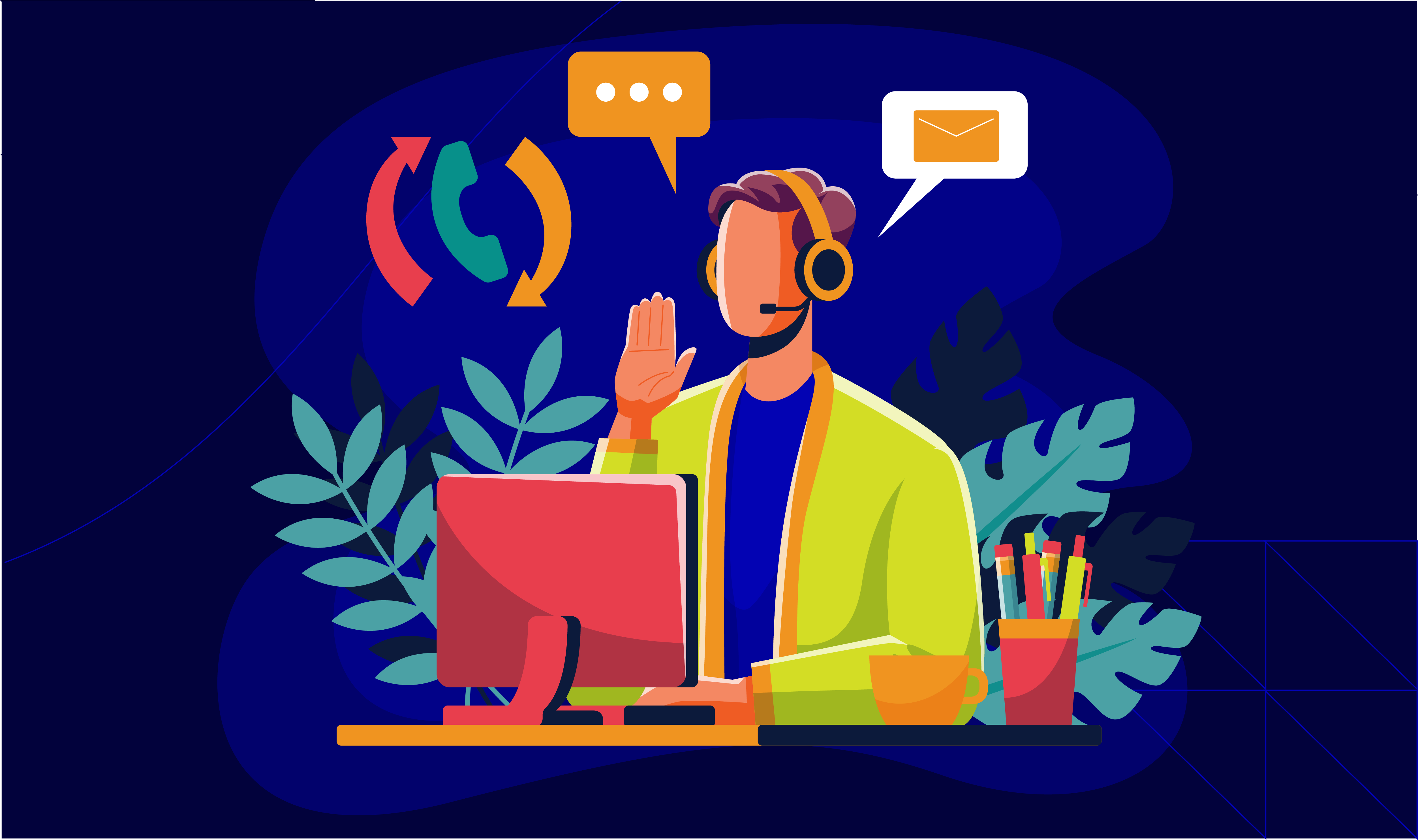
Call center quality assurance is a way to check how well the agents of your hired call center outsourcing companies are helping customers. It ensures that your hired team is following your company standards and providing great service.
At its core, QA means:
- Listening to customer calls
- Reading chat messages
- Reviewing emails
- Tracking important metrics
You do this to see if agents are doing a good job. If there are problems (like slow responses, incorrect answers, or rude behaviour), you can easily spot them during the assessment.
Industry studies, including Deloitte’s Global Contact Center Survey, reveal that 62% of CX executives identify QA as the most important factor in improving customer trust and retention.
How to Assess Call Center Quality Assurance?
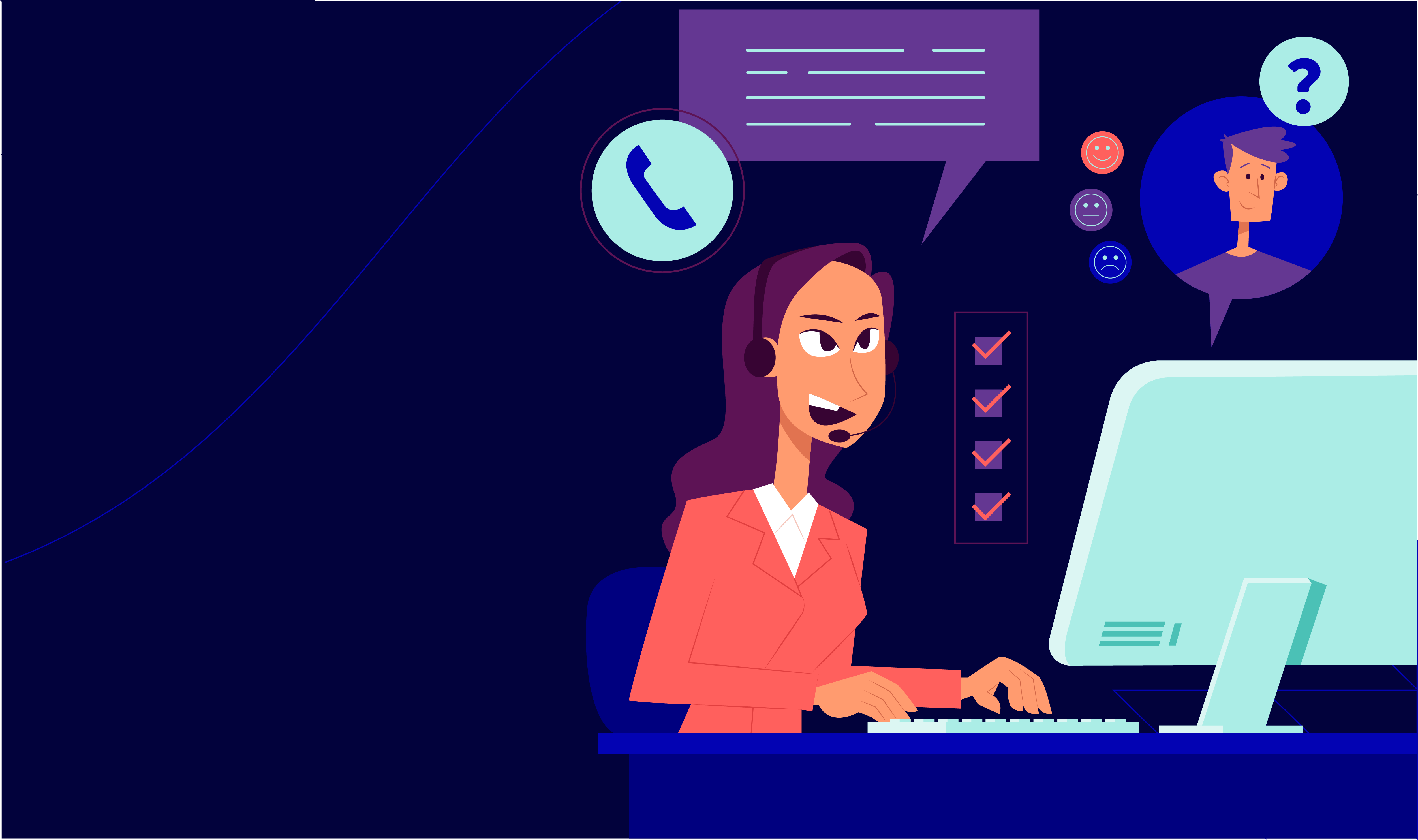
One of the best ways to assess call center quality assurance is to rely on data. Below are twelve ways to track your call center agents’ performance:
1. Average Response Time (ART)
This is the average time it takes for an agent to answer a customer’s call. A shorter response time means customers don’t have to wait long.
Remember long wait times frustrate customers and make them hang up before speaking to an agent.
2. Average Handling Time (AHT)
This measures how long a customer call lasts. It includes:
- The actual conversation
- The hold time
- Any work the agent does after the call
If this number is too high, it may mean your call center agents need better training or more tools to handle calls faster.
3. First Call Resolution (FCR)
This tracks the percentage of customer issues solved on the first call without needing a follow-up. Here,
- A high FCR means agents are knowledgeable and solving problems in minimum time.
- A low FCR shows customers need to call back multiple times, which can be frustrating.
4. Call Abandon Rate
This shows the percentage of customers who hang up before an agent answers. A high abandon rate means people are waiting too long.
5. Transfer Rate
This measures how often a call is transferred to another agent or department. If the transfer rate is high, your hired agents might not have:
- Enough training
- The right information to help customers
Too many transfers can make customers feel like they are being passed around.
6. Occupancy Rate
This shows the percentage of time agents spend talking to customers versus waiting for calls. Here,
- If occupancy is too high, agents may be overworked.
- If it’s too low, they may not be handling enough calls.
Ideally, your hired call center should strive to achieve a balanced rate. This keeps the team productive without burning them out.
7. After-Call Work Time (ACW)
After finishing a call, agents often need to:
- Update records
- Send emails
- Follow up on tasks
ACW measures how long this takes on average. If it’s too long, it may indicate inefficiencies and poor customer support.
8. Customer Satisfaction (CSAT) Score
This measures how happy customers are with the service they receive. It’s usually collected through a survey right after the call. A high CSAT means customers had a good experience. Whereas, a low score indicates issues with:
- Response time
- Agent knowledge
- Manner of problem-solving
9. Net Promoter Score (NPS)
NPS shows how likely a customer is to recommend your business to others. It’s based on a simple question: “Would you recommend us to a friend?” A high score means customers trust your brand, while a low score suggests room for improvement.
10. Call Quality Score
This is an overall score that evaluates an agent’s:
-
- Communication skills
- Ability to follow your company guidelines
- Problem-solving ability
Usually, your quality assurance teams listen to calls and rate your hired agents on these factors.
Atidiv’s outsourced QA specialists consistently deliver 98%+ QA scores by applying structured call evaluations across voice, email and chat support for leading consumer brands and D2C businesses.
11. Customer Churn Rate
This measures the percentage of customers who stop using your service. If churn is high, it could mean poor customer support is driving them away. Whereas, a low churn rate indicates strong customer retention and good service quality.
12. Service Level
This tracks the percentage of calls answered within a set time (e.g., 80% of calls answered within 20 seconds). A high service level means customers are getting help quickly. A low level suggests that customers are waiting too long and may be dissatisfied.
Popular Quality Assurance Case Studies
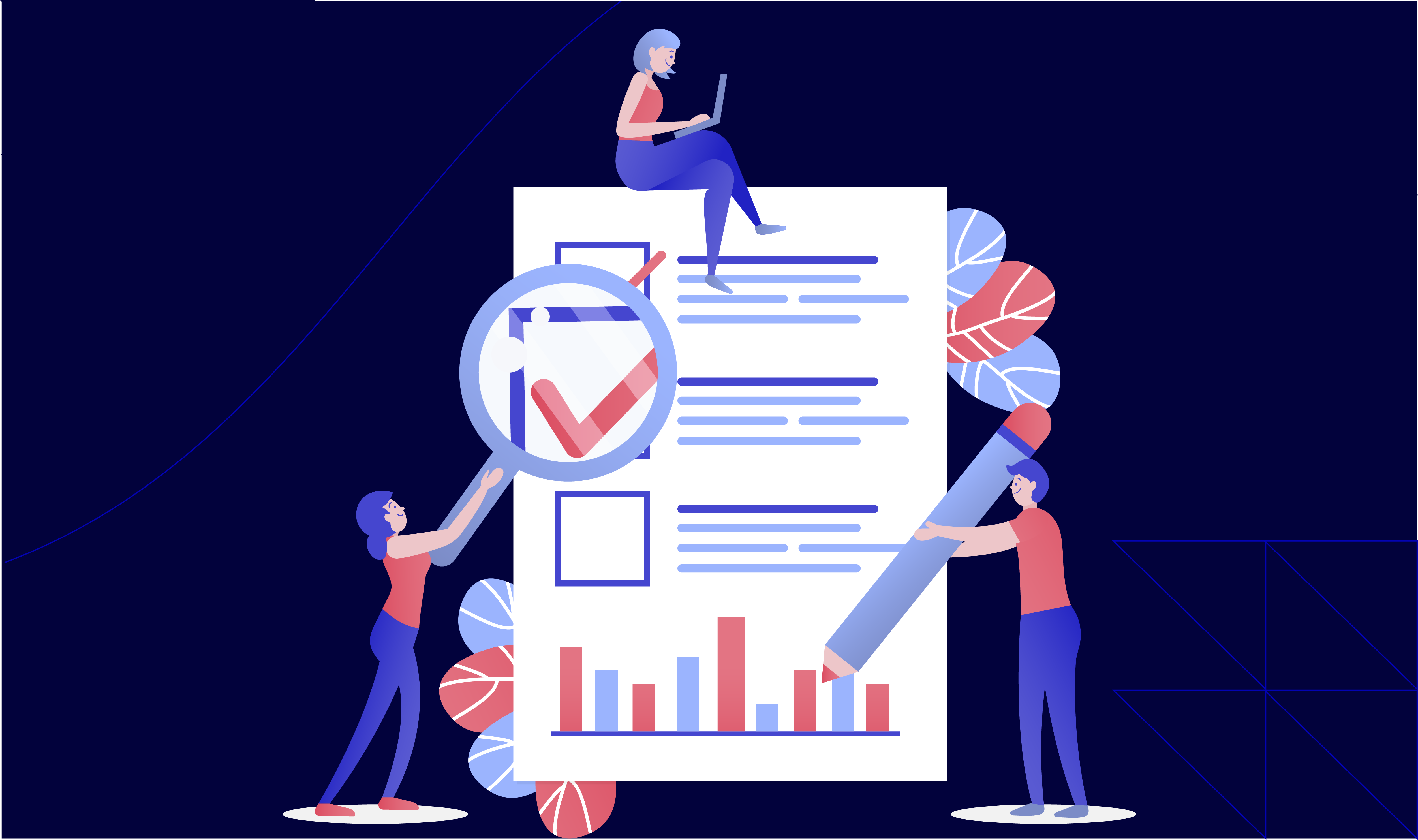
By hiring a leading CX specialist agency, like Atidiv, you can offer your customers the best in terms of customer service. Below are some popular quality assurance case studies showing how Atidiv helps its customers:
Case Study I: How Atidiv Helped an Online Tire Retailer Save $1.3M and Improve Customer Service?
Atidiv worked with the largest online tire retailer in the US. It helped them improve customer service and support in five key areas. Let’s understand in detail:
Challenge
The client needed help managing a large amount of work in five major areas:
- Customer service & sales support
- Appointment booking
- Marketplace management
- Finance
- Tire catalogue management
Atidiv’s Support
Atidiv expanded the client’s support team. We introduced better processes to improve efficiency. Here’s how we helped in each area:
| Areas covered | Help provided |
| Customer Service and Sales Support | Handled customer questions about:
|
| Marketplace Management
|
|
| Finance |
|
| Appointment Booking & Tire Catalog Management |
|
The Results of Atidiv’s Work
Atidiv saved the company $1.3 million. We also helped the client become the #1 ranked company for customer service in the online tire retailer category. Additionally,
- Atidiv’s expert team handled 3,60,000+ customer service requests every year.
- Our client became a top-rated seller on eBay due to excellent services.
- The client achieved a 98%+ quality rating for customer support.
Case Study II: How Atidiv Helped a UK-Based Online Tire Retailer Save $500K Per Year?
Atidiv partnered with the biggest online tire retailer in the UK. We provided customer support across different channels (phone support, email support outsourcing, etc.).
Challenge
The tire retailer needed help in four areas:
- B2B Sales Calls
- Sales and Operations Email Support Outsourcing
- Sales and Operations Call Support
- Customer Feedback Integration
Atidiv’s Help
Atidiv stepped in and provided end-to-end support. Our team used advanced tools like Zendesk, Calabrio, CXengage, and Medallia to improve efficiency. We made several key improvements:
- Scaled the support team to 31 agents during peak seasons to ensure real-time service.
- Managed B2B sales calls. We placed and confirmed orders with garages to speed up deliveries.
- Handled inbound calls center services and emails 7 days a week.
- Used customer feedback to enhance the retailer’s website and order process.
The Results of Atidiv’s Work
Atidiv’s support led to major improvements for the retailer:
- $500K+ in annual savings through better processes and cost efficiency.
- 2,30,000+ customer requests were handled without delays.
- 4.6/ 5 customer satisfaction score (an increase from 4.0).
- 75+ Net Promoter Score (NPS) (up from 40).
Together, these case studies highlight how outsourcing QA to Atidiv drives measurable ROI like delivering $1.8M+ in combined savings, 590,000+ tickets managed and loyalty metrics like NPS boosted by over 35 points.
7 Call Center Quality Assurance Feedback Examples
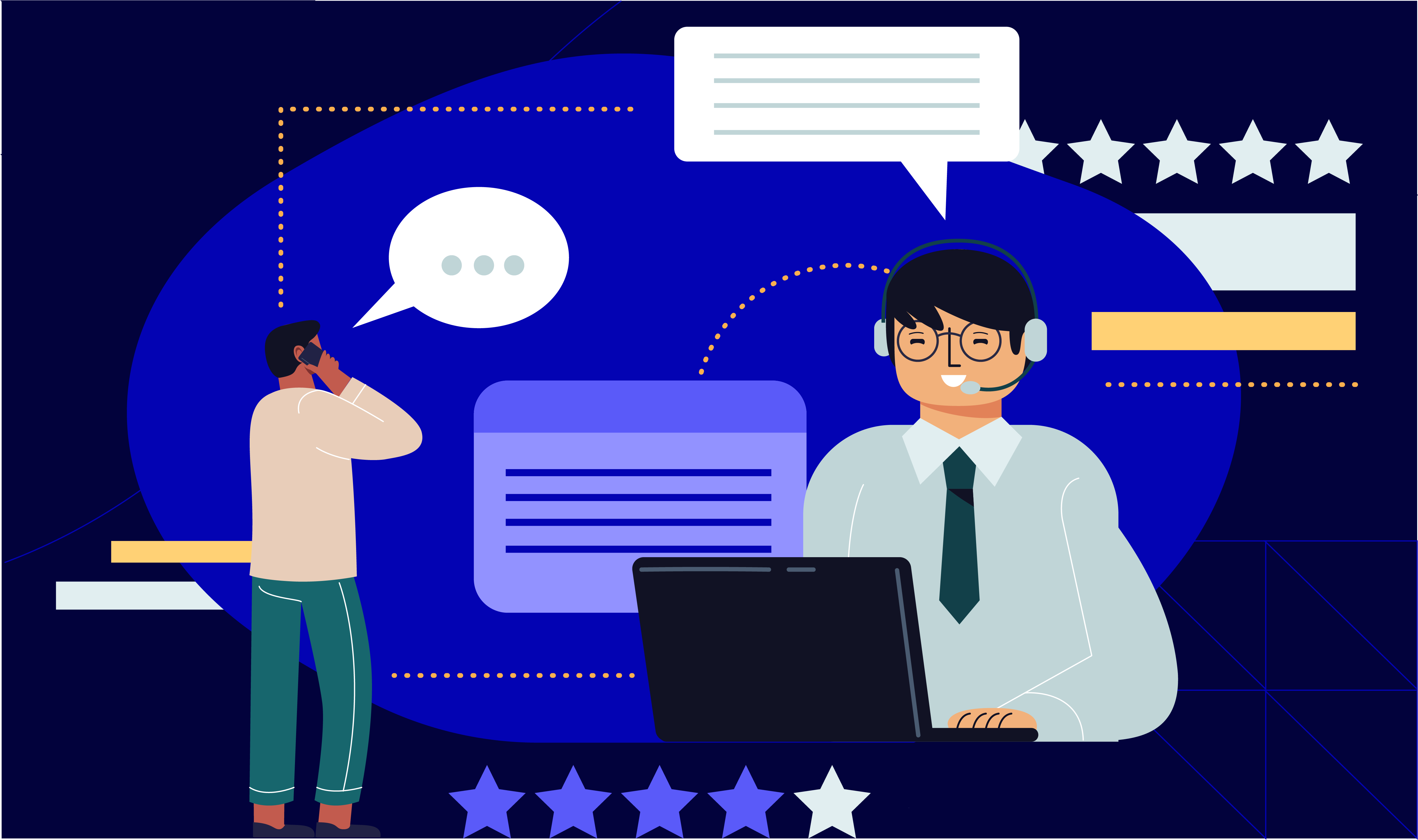
To improve the service quality of your hired agents, you can regularly provide them with constructive feedback. Remember, it doesn’t have to be negative! Instead, positive feedback helps agents feel valued and motivated to improve their performance.
For your reference, below are seven call center quality assurance feedback examples:
1. Recognise When an Agent Sets a Good Example
“Thanks for your great work in… and setting a great example for the team.”
When an agent does something exceptional, recognise their efforts in front of their team. This encourages others to follow their lead.
2. Highlight Their Strengths
“From listening to your calls, I’ve noticed that you have a superpower in…”
Let agents know what they are really good at. Instead of only pointing out mistakes, tell them about their strengths. This builds their confidence. If you don’t want to use “superpower,” say, “You are very good at…”
3. Encourage Good Habits
“When you did… that was great! I’d like you to use that technique in future calls.”
If an agent does something that improves customer service, ask them to continue doing it. When good behaviours are repeated, they turn into habits that make the entire team better. You can even use recordings of their calls to train others.
4. Reinforce Improvement Over Time
“Absolutely! I also feel you have improved. Last week, you…”
Ask the agent to reflect on their progress. Next, support their response with a specific example. When employees see that their improvements are noticed, they are more likely to continue growing.
5. Share Customer Appreciation
“A customer wrote in to thank you! Here’s what they said…”
If a customer leaves positive feedback about an agent, share it with them. This shows that their work makes a real impact. It also encourages a strong customer service mindset.
6. Ask for Their Opinion on Performance Drops
“Your performance has dropped a little recently. Why do you think that is?”
Instead of immediately pointing out mistakes, ask the agent for their perspective. This approach encourages them to take responsibility for their performance. They also start thinking about ways to improve which makes them feel involved in the process.
7. Explain Why a Change is Important
“If you make this change, it will help you/ the customer/ the business because…”
When giving feedback, explain why the change matters. When employees understand how their work affects the business or customer experience, they are usually more willing to make improvements.
For senior leaders managing outsourced teams, using structured QA feedback cycles improves agent morale and consistency across global operations.
Boost CX with Atidiv. Get Expert Support and Proven Results!
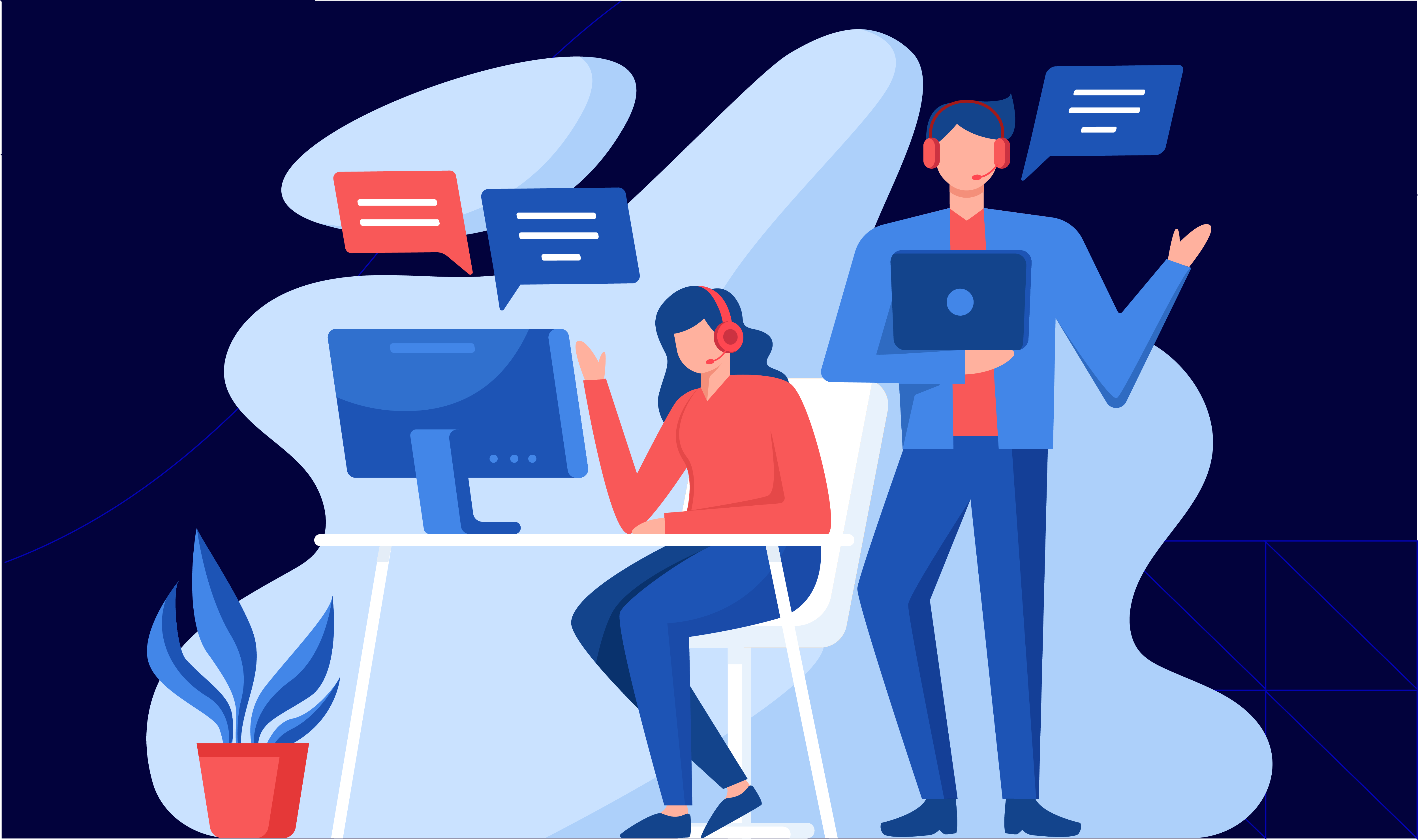
Call center quality assurance ensures your hired agents can provide excellent customer service, and improve customer satisfaction. You can make this assessment by:
- Tracking key performance metrics
- Providing constructive feedback
- Implementing structured QA processes
Looking for a reliable partner to improve your call center operations? Atidiv specialises in customer support and QA solutions. We partner with consumer brands and D2C companies across the US, UK & Australia to help VPs and Directors reduce operational costs by 60%, improve retention and deliver consistent CX at scale.
Contact Atidiv today to enhance your service quality. Boost your customer satisfaction in 2025!
FAQs on Call Center Quality Assurance
1. How can I ensure my outsourced call center provides good customer service?
You can assess call center quality assurance by tracking key metrics like:
- Response time
- Customer satisfaction
- Resolution rates
Also, regularly review call recordings and give feedback to agents. As a tip, work with a provider that has a strong quality assurance process, like Atidiv. This helps you maintain high service standards.
2. What if my outsourced agents don’t understand my business well?
Always choose a call center that offers tailored training programs for agents. Atidiv, for example, ensures agents fully understand your products, policies, and brand voice as service before handling customer interactions. This leads to better problem-solving and customer satisfaction.Atidiv also conducts deep onboarding and cultural alignment programs, ensuring your outsourced agents act as true extensions of your in-house team.
3. How do I measure the ROI of outsourcing my customer support?
You can measure ROI by looking at:
- Cost savings
- Improved customer satisfaction scores
- Reduced complaints
For example, Atidiv helped businesses save millions and improved service quality. This proves that outsourcing can be both cost-effective and beneficial for CX. Beyond financial ROI, leaders should also measure improvements in NPS, CSAT and CES. Atidiv provides monthly QA dashboards to ensure transparency and visibility for executives.
